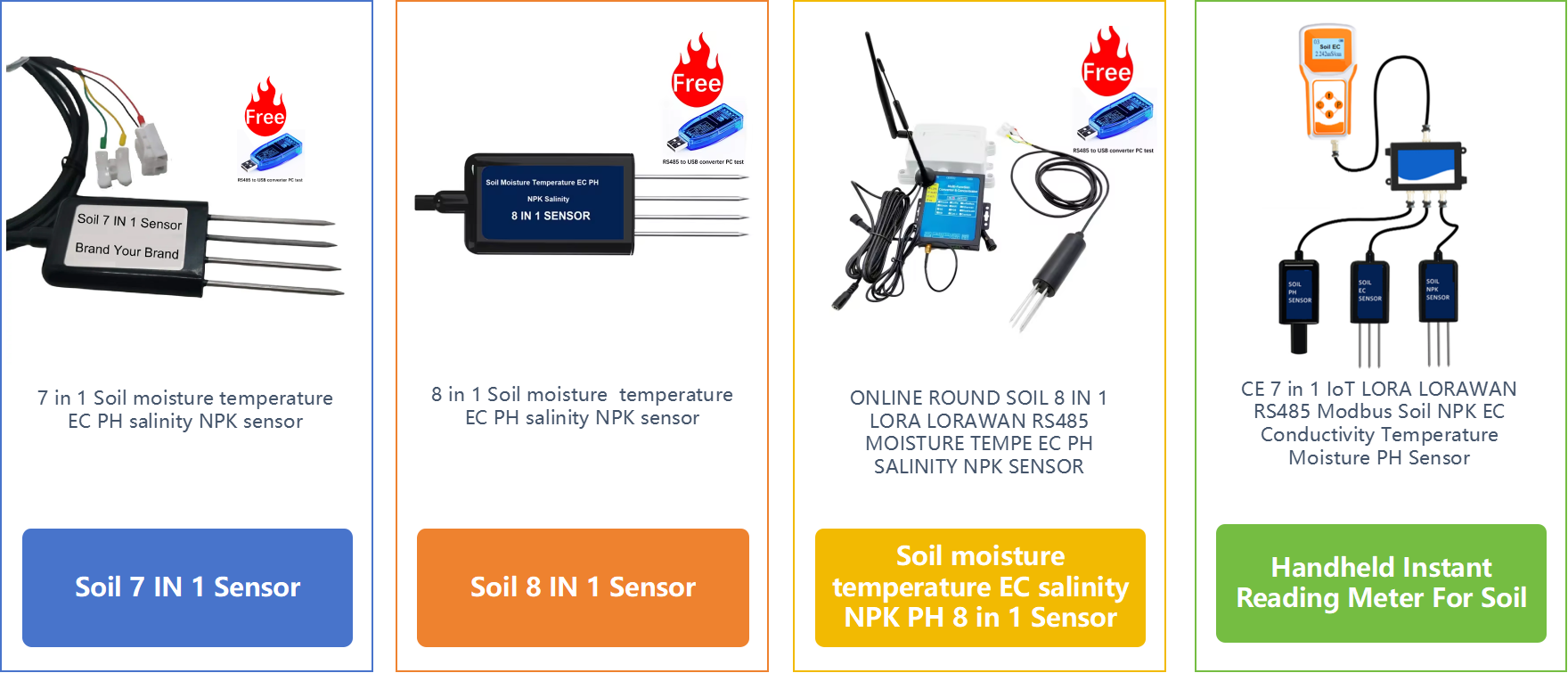Dublin, April 22, 2024 (GLOBE NEWSWIRE) — The “Asia Pacific Soil Moisture Sensors Market – Forecast 2024-2029″ report has been added to ResearchAndMarkets.com’s offering. The Asia Pacific soil moisture sensor market is expected to grow at a CAGR of 15.52% during the forecast period to reach US$173.551 million in 2029 from US$63.221 million in 2022. Soil moisture sensors were used to measure and calculate the corresponding volumetric moisture content of a given soil. These sensors can be called portable or stationary, such as the well-known portable probes. Fixed sensors are placed at specific depths, in specific locations and areas of the field, and portable soil moisture sensors are used to measure soil moisture in various locations.
Key market drivers:
Emerging Smart Agriculture The IoT market in Asia Pacific is being driven by the integration of edge computing networks with IoT systems and new narrowband (NB) IoT deployments that are showing huge potential in the region. Their application has penetrated the agricultural sector: national strategies have been developed to support agricultural automation through robotics, data analytics and sensor technologies. They help improve yields, quality and profits for farmers. Australia, Japan, Thailand, Malaysia, the Philippines and South Korea are pioneering the integration of IoT in agriculture. The Asia-Pacific region is one of the most densely populated regions in the world, which puts pressure on agriculture. Increase agricultural production to feed the people. Using smart irrigation and watershed management practices will help improve crop yields. Thus, the emergence of smart agriculture will drive the growth of the humidity sensor market during the forecast period. The expansion of the construction industry infrastructure in the Asia-Pacific region is developing at a rapid pace, with large-scale construction projects being implemented in both the public and private sectors. Tiger states are investing heavily in transport and public services, such as electricity generation and distribution, water supply and sanitation networks, to meet growing demand for improved living standards and stimulate economic growth. These projects rely heavily on modern technologies in the form of sensors, IoT, integrated systems, etc. The humidity sensor market in this region has huge potential and will witness rapid growth in the next few years.
Market restrictions:
High price The high price of soil moisture sensors prevents small farmers from making such technological changes. In addition, lack of user awareness limits the full potential of the market. Growing inequality between large and small farms is a limiting factor in agricultural markets. However, recent policy initiatives and incentives are helping to close this gap.
market segmentation:
The soil moisture sensor market is classified by type, distinguishing between water potential sensors and volumetric moisture sensors. Water potential sensors are known for their high accuracy, especially in dry soil conditions, and their sensitivity to small changes in moisture content. These sensors are used in precision agriculture, research and production of greenhouses and crop seedlings. Volumetric humidity sensors, on the other hand, include capacitive, frequency domain reflectometry, and time domain reflectometry (TDR) sensors. These sensors are relatively economical, easy to install and maintain, and are well suited to a wide range of soil types. Their versatility makes them suitable for a variety of environments when measuring soil moisture.
Post time: May-11-2024


